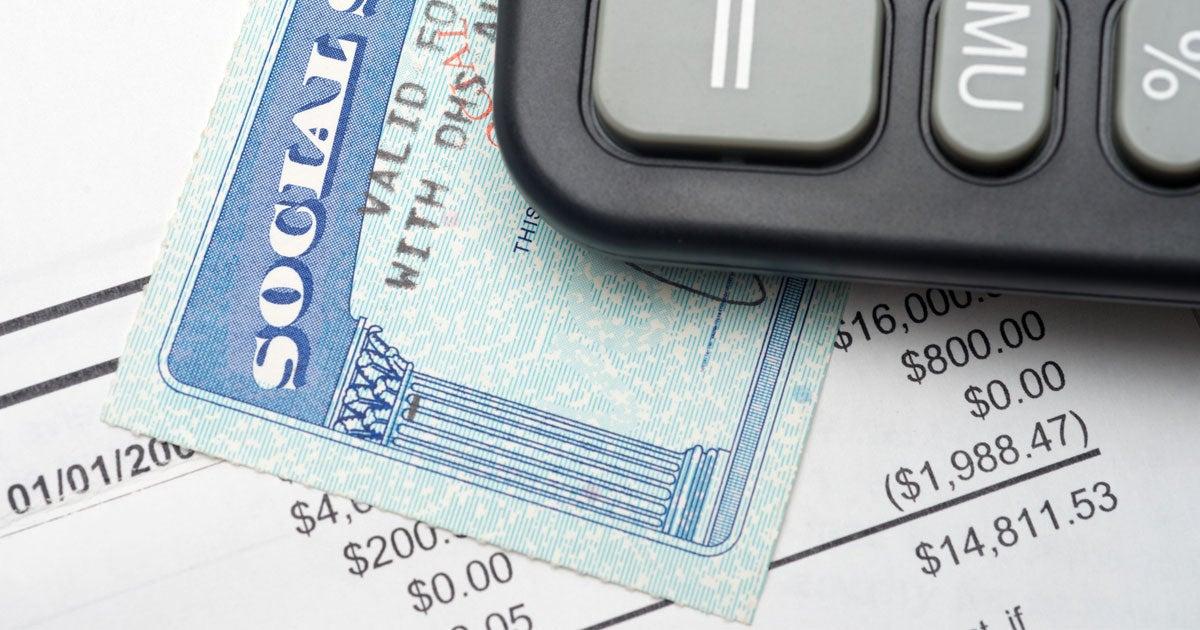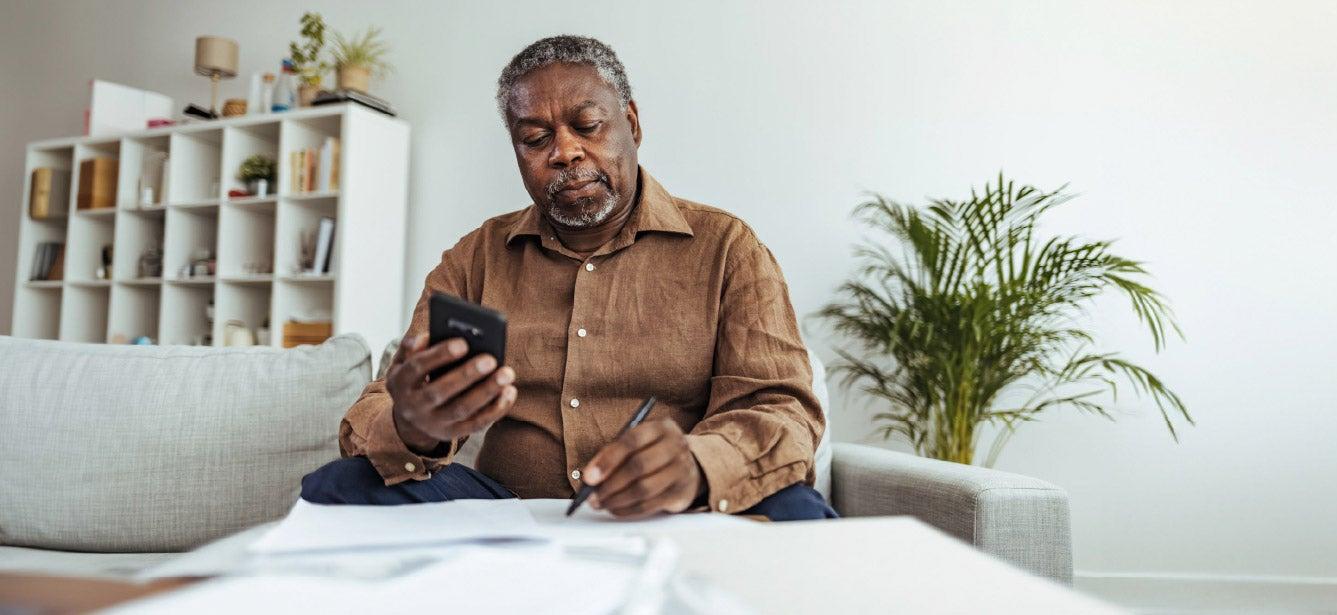
Related Topics
You may be able to join the nearly 2.4 million older adults1 receiving monthly cash payments from the federal Supplemental Security Income (SSI) program.
Administered by the Social Security Administration (SSA), SSI provides minimum basic financial assistance to older adults and people with disabilities (regardless of age) who have very limited income and resources. Individuals who qualify for this program may receive a maximum monthly SSI benefit amount of $943; couples may qualify for a maximum monthly SSI payment of $1,415.2
What are the SSI eligibility requirements?
You may qualify for SSI benefits if you:2
- Are at least age 65 or blind or disabled
- Have limited income from a pension, wages, or other sources
- Have limited resources (items you own)
- Are a U.S. citizen or national or noncitizen who meets certain criteria
- Live in one of the 50 states, the District of Columbia, or the Northern Mariana Islands
If you're wondering if you're eligible, SSA has an online tool that can help. It only takes 5-10 minutes, and while walking through the process, the tool will document your intent to file an application and establish what's called a 'protective filing date'. A protective filing date will help determine when your payments begin if your application is approved. It's not unheard of, too, for you to receive retroactive payments from your filing date. This doesn't always happen, but you may be eligible for retroactive payments depending on your situation.
SSA encourages people who think they may qualify to review the eligibility requirements before applying. Here’s a look at the SSI eligibility categories.
What are the blindness and disability eligibility requirements?
For SSI eligibility purposes, blindness means: “… someone whose vision, with use of a correcting lens, is 20/200 or less in the better eye or who has tunnel vision of 20 degrees or less.”3
To meet the SSI disability qualifications for adults, a person must “…be unable to engage in substantial gainful activity due to a medically determinable physical or mental impairment which can be expected to result in death, or which has lasted or can be expected to last for a continuous period of not less than 12 months.”3
How much income can I have and still qualify?
For SSI purposes, income is defined as “any item an individual receives in cash or in-kind that can be used to meet his or her need for food or shelter.”4
The starting point is your monthly income. It will depend somewhat on what types of income you have. For example, the SSA doesn't count some earned income. So you may have a higher level of income and still qualify if some (or all) of it is from wages.
For someone to meet the SSI eligibility requirements, income must fall below a monthly maximum of $1,971 if the income is only from wages and $963 if it is income that is not from wages. Couples whose income is only from wages can earn up to $2,915 a month. The monthly maximum for couples whose income is not from wages is $1,435 to be able to receive SSI benefits.5
When calculating your income for SSI eligibility, the SSA will look at all the income you receive. There are some payments that don’t count as income when determining SSI eligibility. Some examples:4
- The first $20 of most income received in a month
- The value of Supplemental Nutrition Assistance Program (SNAP) benefits you receive
- Income tax refunds
- Assistance based on need funded by a state or local government, or an Indian tribe
- Loans to you (cash or in-kind) that you have to repay
Income that counts includes:4
- Earned income, such as wages, net earnings from self-employment, and certain royalties
- Unearned income, such as Social Security benefits, pensions, unemployment benefits, and cash from friends and relatives
- In-kind income, which is food, shelter, or both that you get for free or for less than the fair market value
- Deemed income, which is the part of the income of your spouse with whom you live, for example
Income that the SSA doesn’t count is subtracted from your gross income. What is left is called your countable income. Countable income is deducted from the maximum SSI benefit amount, and what remains would be your federal monthly SSI payment.4
You can find more about the SSI benefit amount and how it is calculated on the SSI income webpage.
What about other financial assets?
For SSI eligibility, individuals can have up to $2,000 in resources, and couples can have up to $3,000.6
As with income, some assets aren’t counted. Examples include:6
- The home you live in and the land it is on
- One vehicle if you or a household member uses it for transportation
- Household goods and personal effects
- Life insurance policies with a combined face value of $1,500 or less
Countable resources are things you own, such as:6
- Cash and bank accounts
- Stocks, mutual funds and U.S. savings bonds
- Anything that could be sold for cash and used for food and shelter.
The process for determining your income and asset eligibility may sound complicated, but don’t let that keep you from applying for SSI benefits if you think you qualify.
An SSA representative will go over these requirements with you and let you know what paperwork you will need to provide.
What are the residency requirements for SSI eligibility?
To qualify for SSI payments, you must be a U.S. citizen, U.S. national, or noncitizen who meets certain immigration criteria.2
People who live in one of the 50 states, the District of Columbia, or the Northern Mariana Islands can receive SSI.2
I think I am eligible for SSI benefits. What should I do next?
Review the SSI eligibility requirements for more details and then try SSA's SSI tool. When you’re ready to apply, you must do so through Social Security. You can also call the SSA at 1-800-772-1213 (TTY 1-800-325-0778) to make an appointment at the Social Security office near you.2
And if you're looking for more ways to save money, find out if you’re eligible for other vital safety net programs by visiting BenefitsCheckUp®, NCOA's free, confidential tool. We can help you assess your eligibility for SSI and other programs that can help pay for health care, medicine, food, utilities, and more.
Every year, billions of dollars in benefits programs go unclaimed because older adults don't know they’re eligible or how to apply. Find out what savings may be available for you, or someone you know.
Sources
1. Monthly Statistical Snapshot. December 2023. Found on the internet at https://www.ssa.gov/policy/docs/quickfacts/stat_snapshot/2023-12.pdf
2. You May Be Able to Get Supplemental Security Income. January 2023. Found on the internet at https://www.ssa.gov/pubs/EN-05-11069.pdf
3. What Are the Categories of Eligibility? April 19, 2010. Found on the internet at https://www.ssa.gov/OP_Home/handbook/handbook.21/handbook-2112.html
4. Supplemental Security Income (SSI) Income. 2022. Found on the internet at https://www.ssa.gov/ssi/text-income-ussi.htm
5. 2023 Update. January 2023. Found on the internet at https://www.ssa.gov/pubs/EN-05-10003.pdf
6. Supplemental Security Income (SSI) Resources. 2022. Found on the internet at https://www.ssa.gov/ssi/text-resources-ussi.htm




